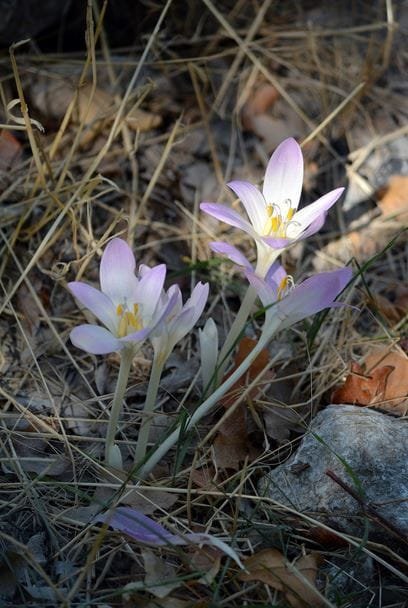 Best Practices for Long-Term Storage of Saffron (Including Brewed Saffron)
Best Practices for Long-Term Storage of Saffron (Including Brewed Saffron)
Long-Term Saffron Storage
One common question, whether you’re a producer or a household consumer, is: What’s the best method to store saffron to preserve its aroma and taste for an extended period? In this article, we address your questions about saffron storage, including tips and practical guidance.
How Should Saffron Be Stored at Home?
Saffron is a valuable spice, and maintaining its quality requires proper storage methods. For those who prefer purchasing raw or bulk saffron and processing it themselves, storing bulk saffron involves additional steps compared to packaged saffron.
Bulk Saffron Storage Method
First, process the raw saffron by separating the red stigma from its root. After that, dry the bulk saffron appropriately. Once dried, you can store saffron in one of two ways:
- Keep the saffron strands intact.
- Grind the saffron strands into powder form.
For grinding saffron, use tools like a saffron grinder or a marble mortar and pestle. Storing ground saffron requires special attention to maintain its quality and aroma.
Storing Brewed Saffron
The best way to store saffron is by brewing it, filtering the liquid, letting it cool, and freezing it in ice cube trays. Use one cube as needed, defrosting it for your recipes.
Key Factors for Long-Term Saffron Storage
Avoid Refrigeration
Do not store saffron, whether in strand or brewed form, in the refrigerator for more than two weeks. Refrigerated saffron absorbs moisture from the environment, increasing the risk of mold formation.
Ideal Conditions for Saffron Storage
Saffron should be stored in a cool, dry, and dark place away from sunlight, such as a cabinet away from heat sources. If you live in a hot or humid climate, wrap the saffron container in plastic and refrigerate it, ensuring minimal exposure to moisture.
Storage in Warehouses
Producers should dry saffron thoroughly before packaging and storing it in clean, dust-free, temperature-controlled warehouses equipped with humidity-control devices to maintain quality.
Choosing the Right Container
Small, airtight containers made of glass or metal are ideal for storing saffron. Avoid plastic containers as they can degrade the saffron’s quality over time.
Shelf Life of Saffron
Saffron retains its quality for about two years under proper storage conditions, with its potency diminishing after three years due to the evaporation of essential oils.
Fresh vs. Aged Saffron
Fresh saffron has a vibrant color and soft texture, while aged saffron appears darker and more brittle, indicating reduced quality.
Essential Tips for Saffron Storage
- Keep the humidity level below 40%.
- Protect saffron from sunlight.
- Maintain a storage temperature below 20°C.
- Avoid exposure to dust and air.


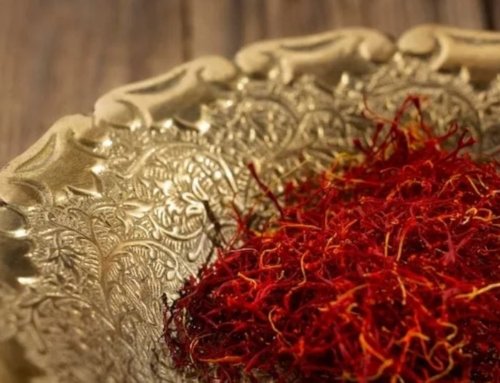
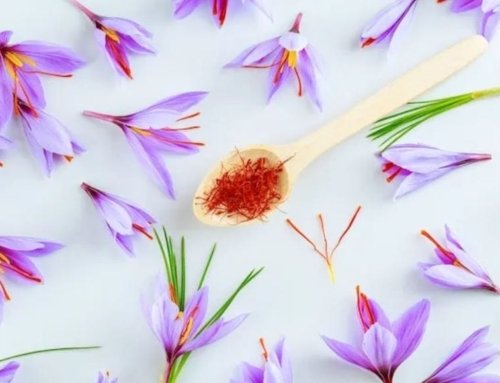
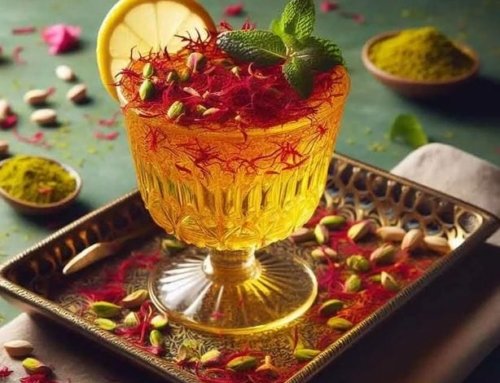
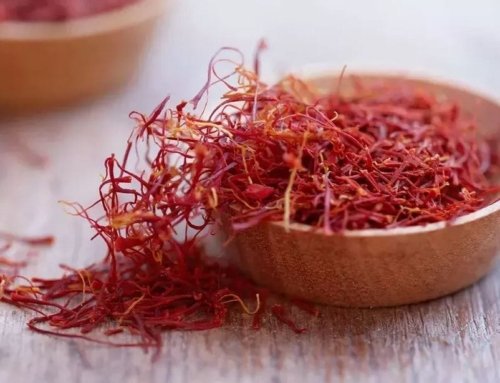
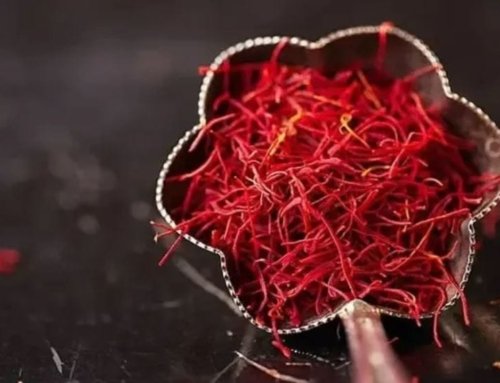
Get Social